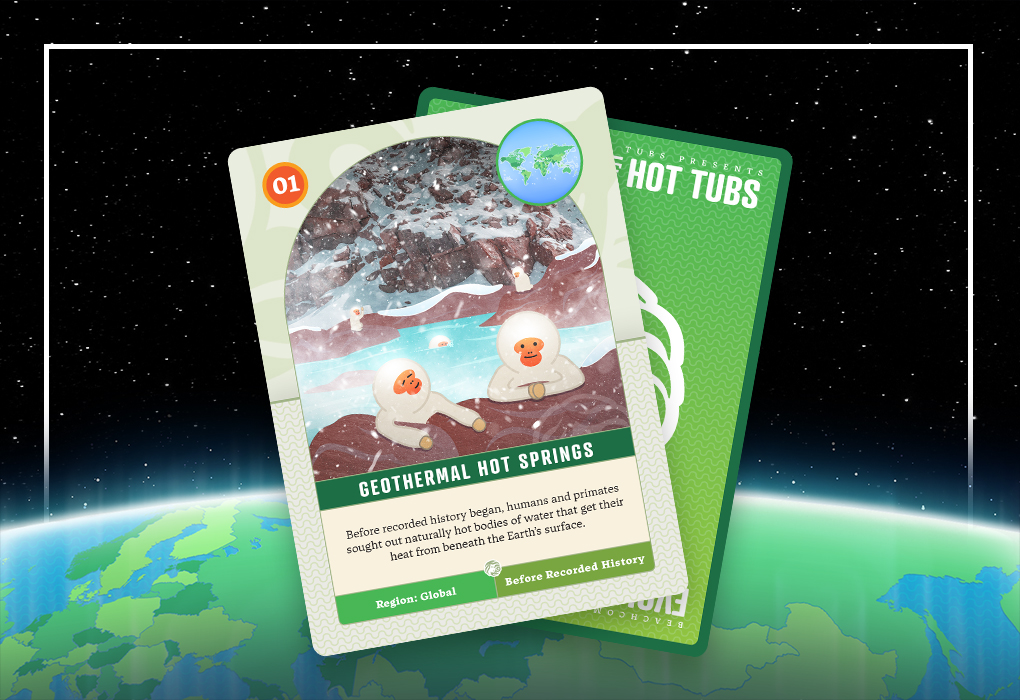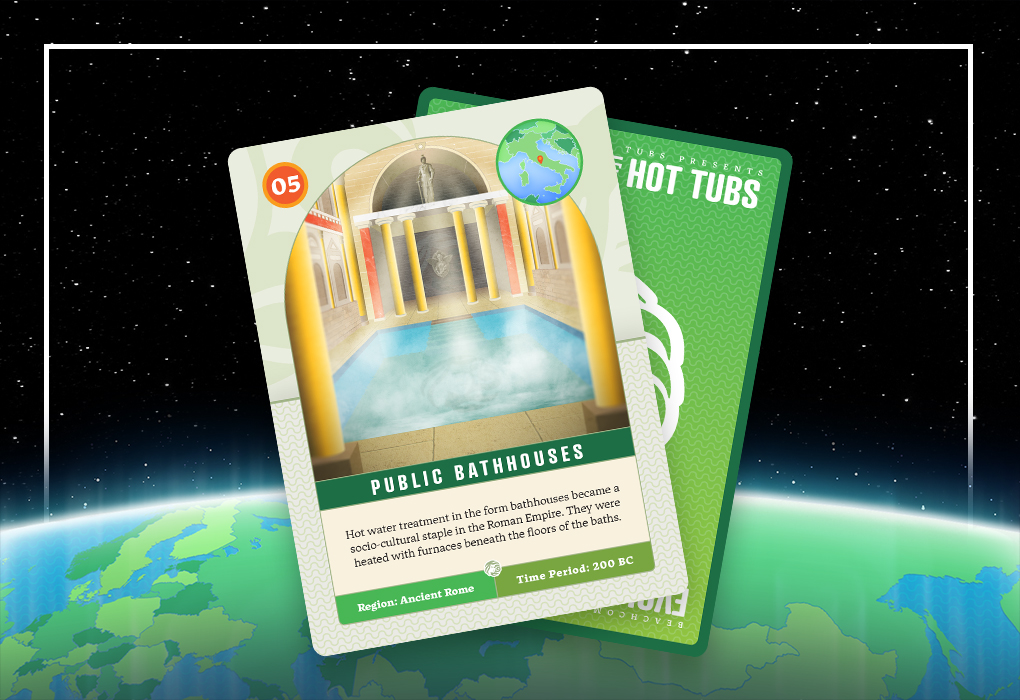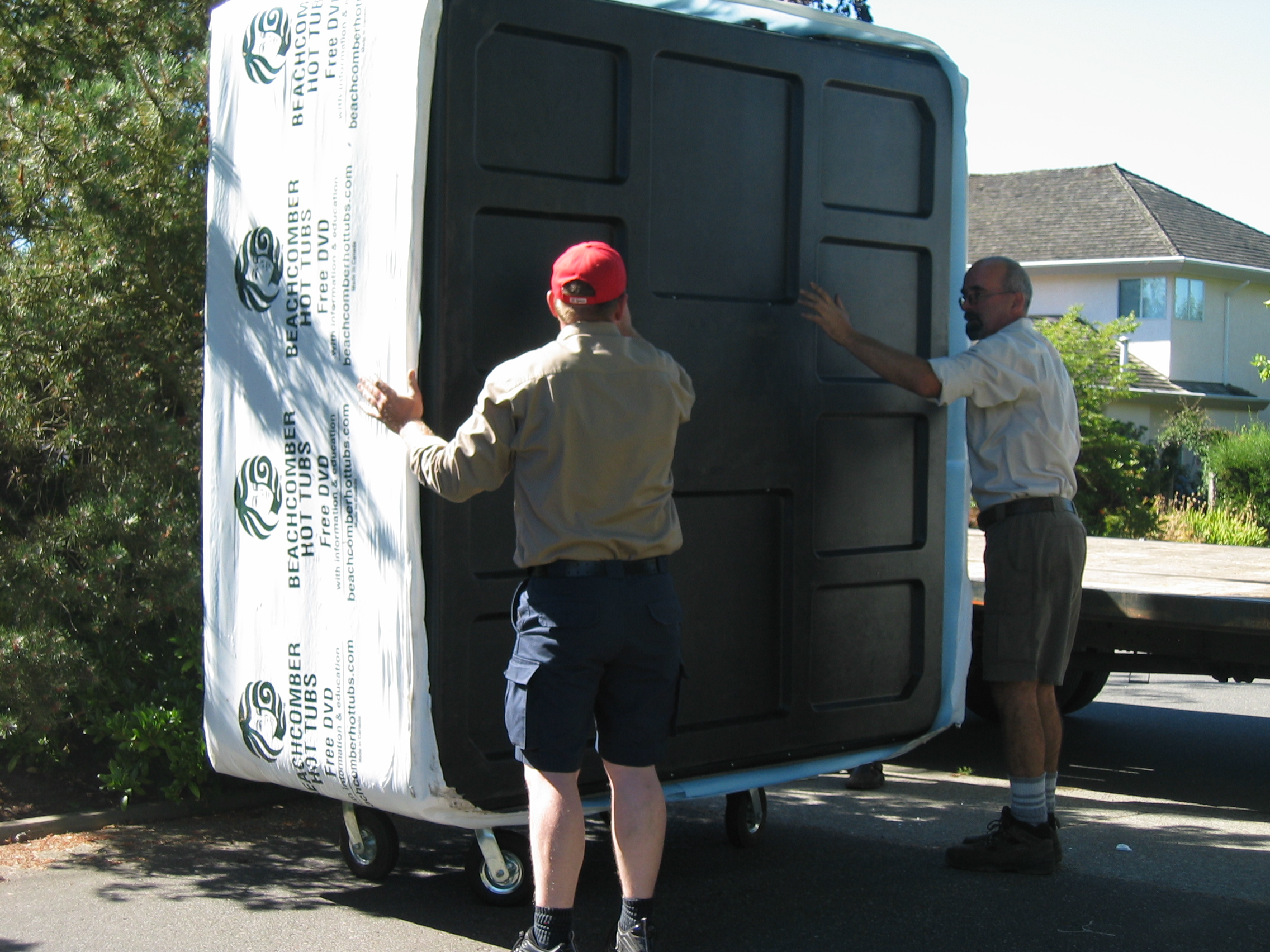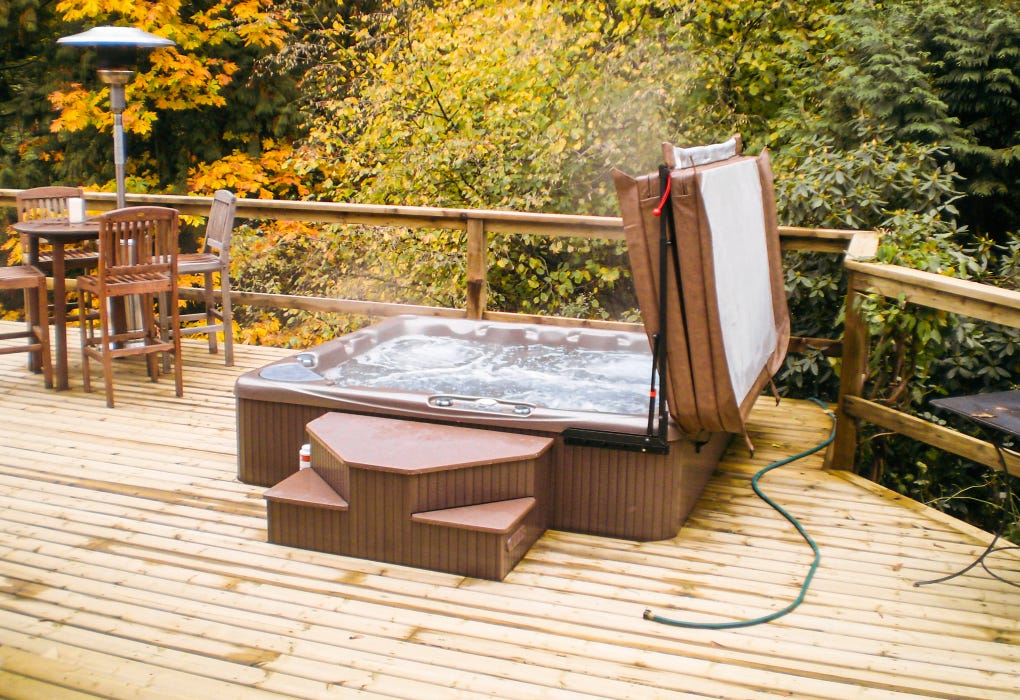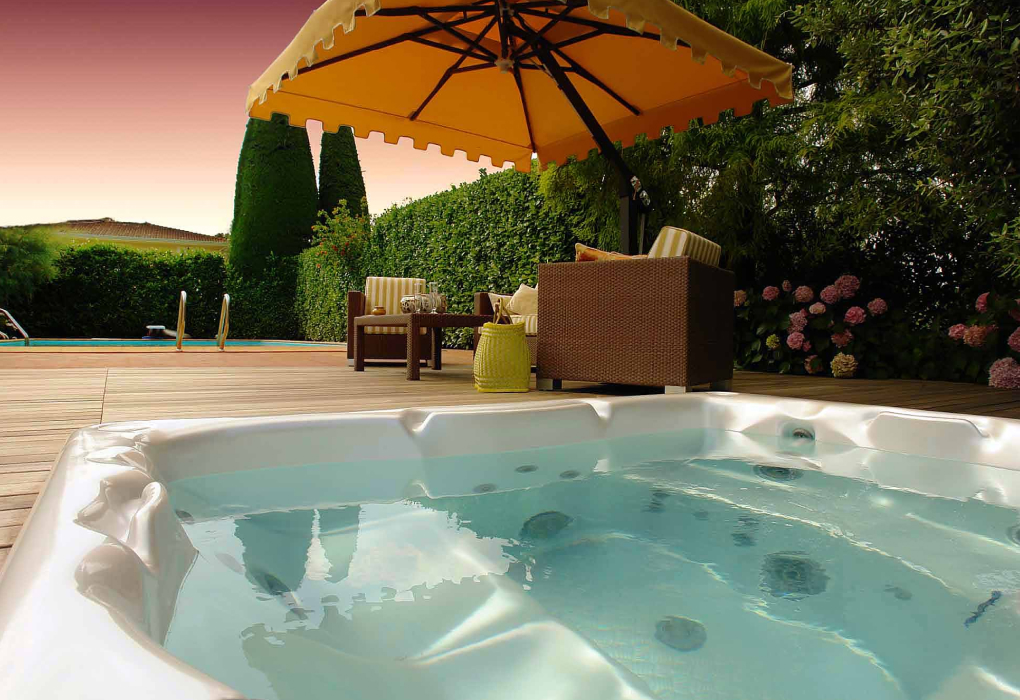Centuries ago, before history was recorded and shared as it is today, humans and primates sought naturally hot bodies of water. These bodies of water got their heat from beneath the Earth’s surface. They are commonly known as geothermal springs, and are found all over the world, particularly in areas affected by volcanic activity.
So, what exactly are geothermal springs?
Think of it like an earth made hot tub. Groundwater is geothermally heated and emerges onto the surface of the earth and forms into pools. There are two different ways of geothermally heating water:
-
Pools of magma and hot rocks build under the earth’s crust, which causes the water above it to heat.
-
Water travels through faults in the earth’s crust towards the hot rocks and magma, heating and rising back to form a body of water.
You may hear of them referred to as thermal springs, thermal spas, or hot springs, and typically the water would be at a temperature of 38 degrees or more to be considered one of these. Thermal spas are still very popular to this day, with resorts and spas in Greece, Iceland, and Turkey boasting some of the most visited locations.
The History
Historians suggest these springs have been used by humans long before history was recorded. Even primates used them! For example, every year, the valley of the Yokoyu River in Joshinetsu Kogen National Park would be visited by the Japanese macaques (also known as snow monkeys). Each year, they would bathe in the hot springs to give their bodies a break from the arctic weather they experienced year round. It would soothe their muscles and warm them up.
The appeal of the hot springs spread throughout ancient civilizations, and they were explored by many from prehistoric times up until today. Throughout the centuries, different beliefs formed around the powers of the water in thermal springs. This led to a greater interest in their use and meant that different structures were created to make them more accessible.
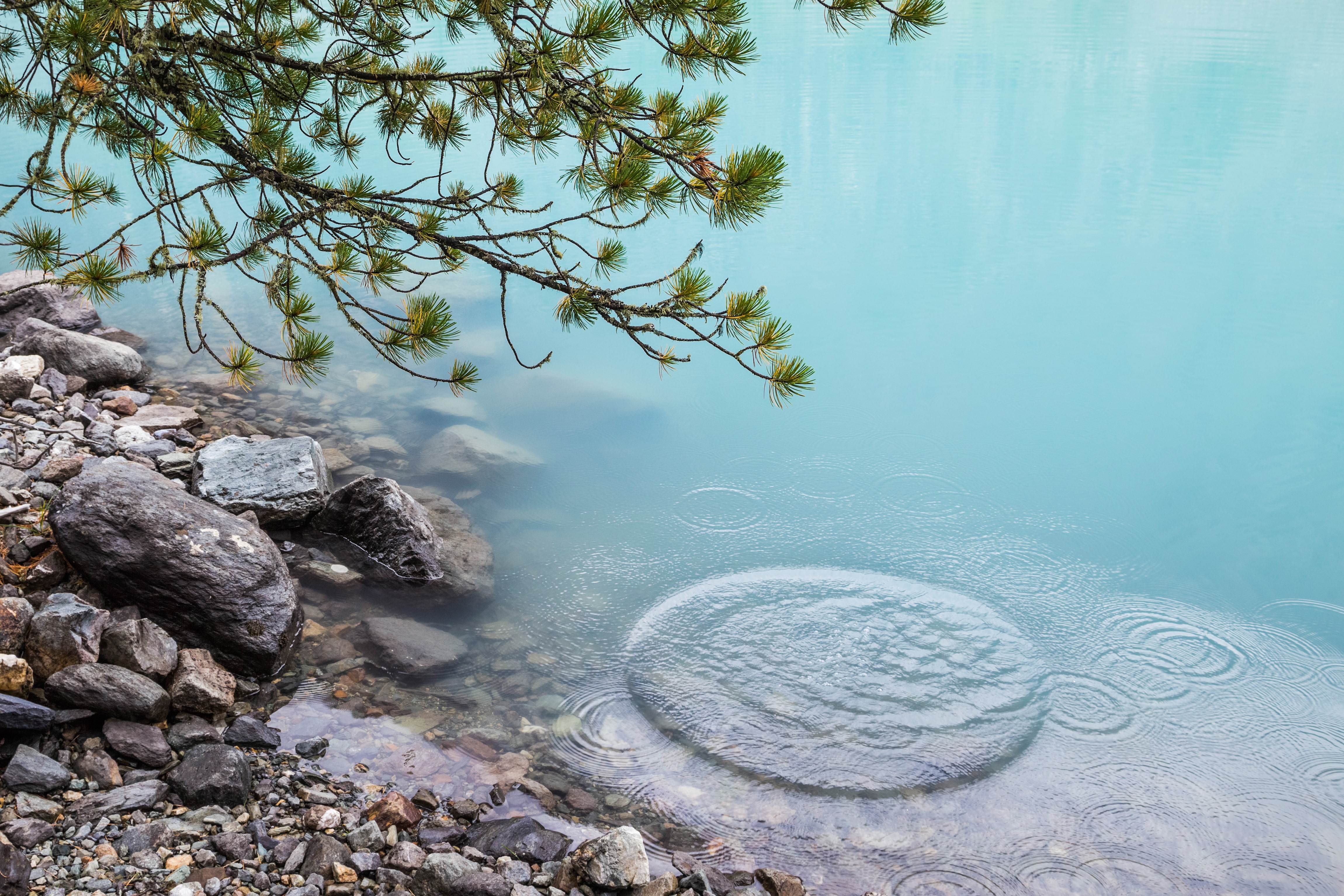
The Benefits
Many used to the springs for relaxation and to escape the cold, much like the snow monkeys. They quickly began to form opinions and views based on the experiences they had within the springs. The major benefits noted in history books are:
-
Improvements to illnesses and ailments after repeated bathing in the thermal spring.
-
Closer connection to spirituality or religion when bathing in the thermal spring.
Word spread of the mystical properties of hot springs, and the benefits surrounding them became more commonly known. This meant more and more people were travelling to nearby thermal springs, hoping for a cure for what they were suffering from. The more people that travelled to the springs, the more people researched them. What they prehistorically saw to be spiritual and miraculous soon became investigated as a medical treatment.
Ancient civilizations, such as the Greek and Roman Empire had a significant influence on how water was used as a form of therapy. This encouraged philosophers and medically trained individuals in later generations to investigate the properties and benefits of the springs at a deeper level. As a result of centuries of beliefs and findings, hydrotherapy was born.
Without the discovery of hydrotherapy, there may never have been a hot tub. It was the use of water as a healing technique that led to bathhouses and calderas, just some of the early history structures that influenced the hot tub. These lead to creations such as onsen and ofuros, the needle bath and so much more.
The Evolution of Hot Tub series is based on a long history of water therapy and is now considered a prominent treatment method. Throughout our map, discover how ancient civilizations used spas and hot tubs as places to socialize, worship, and manage their health. You will see how hot water therapy evolved to form the modern-day backyard hot tub we know and love today.
Eager to know more? Download our infographic and sign up for our newsletter to be notified of the next blog post in our timeline!

